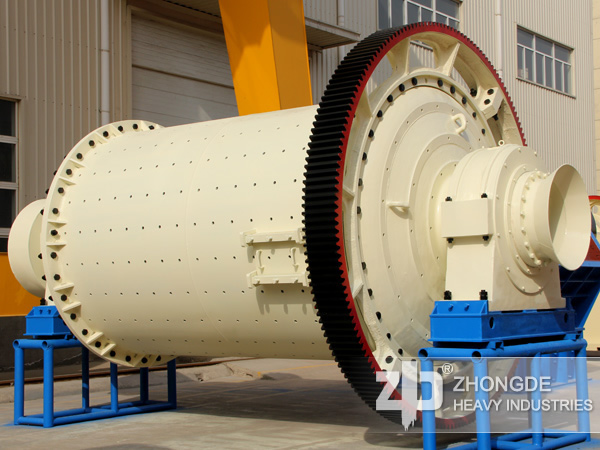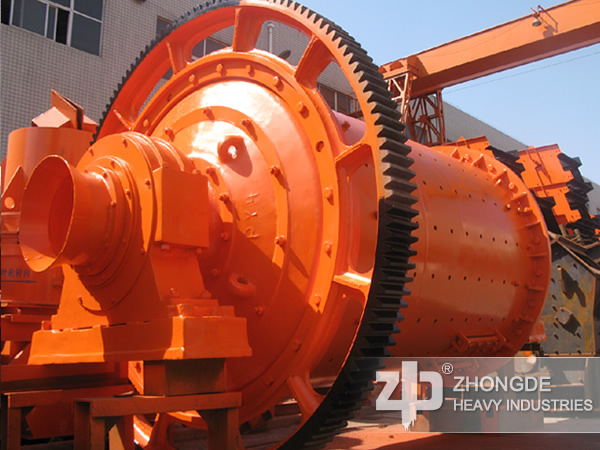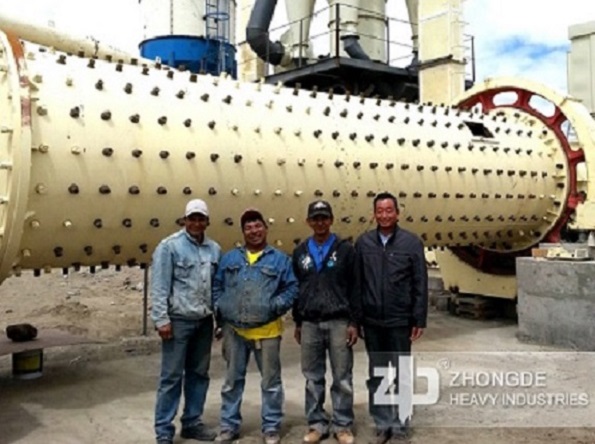Ball mill selection instructions
The ball mill is suitable for grinding various ores and other materials, and is widely used in electric power, chemical industry, mining, cement and other fields. At present, there are various types of ball mills on the market, how should we start when choosing a ball mill? Generally, when purchasing a ball mill, enterprises need to consider various factors such as the nature of minerals, abrasive requirements, production environment and energy consumption conditions.

1. Select ball mill according to the characteristics of the processed minerals
Ball mills can be divided into dry ball mills and wet ball mills. Generally, dry ball mills are suitable for various metal and non-metal ores, including materials that react with water, such as cement, marble and other building stones, or products that require storage and sale in powder form. In addition, if the plant is located in an arid region where water resources are scarce, dry ball mills can be used for water conservation reasons.
The wet ball mill has a wide range of applications and can handle various metal and non-metal ores, commonly including gold, silver, copper, iron ore, molybdenum, phosphate, feldspar, fluorite and so on. Wet ball mills can be used as long as it is ensured that water does not affect the quality of the final product, and ores that need to be sorted are usually processed by wet ball mills.
2. Selecting a ball mill according to the characteristics of the grinding media
According to the characteristics of the grinding media to choose ball mill, mainly can choose ball mill and rod mill.
Ball Mill relies on steel balls to participate in the grinding of ore, which is highly adaptable to the material, and because of this, the ball mill grinds more mud, so it is suitable for grinding minerals with finer materials, such as aluminium ash, lime, slag, molybdenum ore, etc.
Rod mills are generally suitable for ores with a Mohs hardness of 5.5-12 (material is more brittle). For example, rod mills are commonly used in the re-election or magnetic separation of rare metals such as tungsten and tin ores.
3、Select ball mill according to grinding size differences
Due to the high overall operating costs, ball mills are generally used in regrinding operations for second stage grinding, processing finer material sizes, usually in the range of 20-30 mm feed size and 0-3 mm product size.

The internal media of the rod mill is made of high carbon steel rods with a carbon content of 0.8%-1% and a diameter of 50-100 mm. As the inner surface of the rod mill end cap liner is a vertical plane, the rods are guaranteed to move in a regular manner. In the grinding operation, the steel rods are thrown up under the action of centrifugal force, and fall horizontally in contact with the ore material in a surface line, most of the coarse particles are ground first, and a smaller part of the fine particles is ground by the grinding action, so the product of the rod mill is rough, uniform in texture, good in particle shape, not easy to produce over-crushing phenomenon, and the finished product has a high qualification rate.
These are the aspects that should be considered when choosing a ball mill, on the other hand is to consider the service system of the manufacturer, whether there is with the distribution service, delivery service, installation service, equipment use training service and follow-up service, etc.

NOTE: please feel free to fill out the form below in detail and you can also send a message to us(sino@zdzg.com), we will send you latest price within 24 hours.Besides, you can click Chat Online on the right hand side to get quotation online